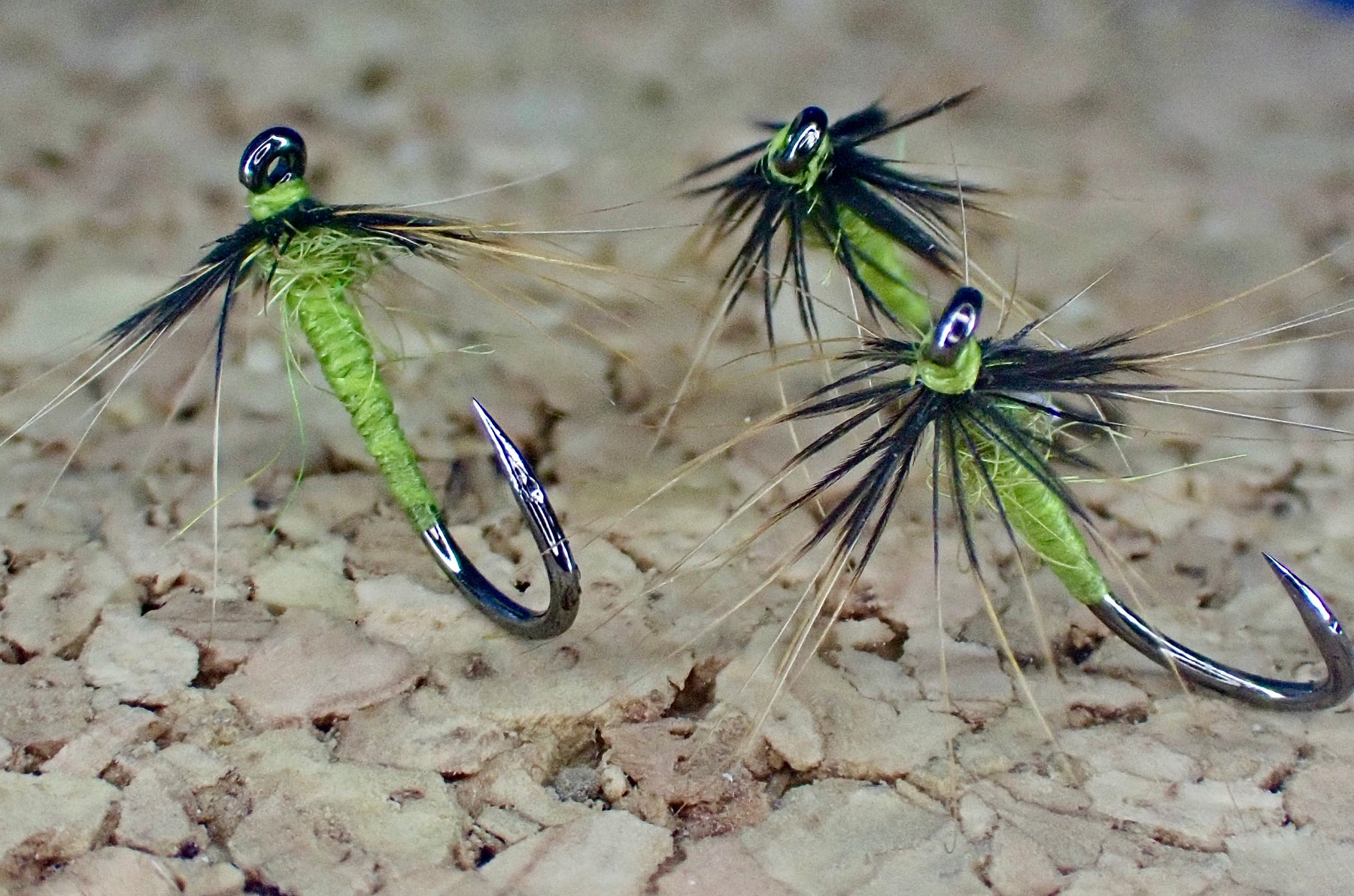
Unveiling the Elegance: The Watery Olive Greenwells Spider Pattern
In the realm of fly fishing, where artistry meets technique, few patterns possess the timeless allure and effectiveness quite like the Olive Greenwell's Spider. This exquisite pattern, with its delicate appearance and ingenious design, has earned its place as a staple in the fly boxes of anglers worldwide. Let's delve into the history, tying techniques, and versatile applications for this beloved fly.
Historical Origins:
The Greenwell's Spider Pattern traces its roots back to the Victorian era, a period when fly tying burgeoned into an art form. Named after Canon Greenwell, a prominent figure in the history of fly fishing, this pattern emerged as a testament to his expertise and innovation. The Greenwell's Spider gained renown for its effectiveness in imitating various insects found on rivers and streams.
Watery Olive Greenwell's Spider Tying Tutorial:
Watery Olive Greenwell's Spider Materials List:
- Hook: Moonlit Premium TOGATTA ML102 Sz14-20
- Thread/Body: Semperfli Classic Waxed Thread 12/0 Watery Olive
- Rib: Lime Alcohol Marker
- Thorax: Vicuna Dubbing Green Peter
- Hackle: Moonlit Fly Fishing Indian Hen Neck Greenwells
Tying the Watery Olive Greenwell's Spider:
The Watery Olive variant of the Greenwell's Spider adds a contemporary twist to this classic pattern, enhancing its versatility and appeal. To tie this fly, you'll need:
Materials:
- Hook: Standard hook, sizes ranging from 14 to 18.
- Thread: Olive or tan thread.
- Thorax: Olive dubbing or peacock herl.
- Hackle: Natural Furnace hen hackle.
Tying Steps:
- Start by securing the hook in your vise and wrapping the thread along the shank.
- Form the body wrapping your thread along the shank.
- Create your thorax with your favorite dubbing.
- Wrap the hackle around the hook in front of the thorax, forming a sparse and lifelike appearance.
- Tie off the hackle and trim any excess material.
- Whip finish the fly and trim the thread.
Best Sizes and Imitations:
The Watery Olive Greenwell's Spider excels in imitating a wide range of aquatic insects with varying colors, making it a versatile choice for anglers. Sizes 14 to 18 are ideal for matching mayfly emergers, while smaller sizes down to 18 can mimic midges and smaller mayflies. Its olive hue and slender profile closely resemble BWO (Blue Wing Olives), or in Tan or Primrose a PMD (Pale Morning Dun) making it effective during different times of the year.
Swinging Techniques:
Swinging the Watery Olive Greenwell's Spider involves casting across the current and allowing the fly to drift downstream before imparting movement with a series of gentle twitches. This mimics the natural behavior of emerging insects, enticing trout to strike. Vary the speed and depth of your swing to match the feeding preferences of the fish and experiment with different presentations to maximize success.
Tandem Rigging:
One of the most effective techniques for fishing the Watery Olive Greenwells Spider is tandem rigging, where it is trailed behind a larger dry fly or nymph pattern. This setup capitalizes on the natural drift of the dry or nymph while the Greenwells Spider serves as an irresistible attractor. Whether fishing a dry-dropper rig or nymphing setup, incorporating this pattern can significantly increase your chances of enticing strikes from wary trout.
In conclusion, the Watery Olive Greenwells Spider stands as a testament to the timeless appeal and effectiveness of classic fly patterns. With its rich history, elegant design, and versatile applications, this fly continues to captivate anglers and entice trout on waters around the globe. So next time you're on the water, tie on a Greenwells Spider and experience the magic for yourself.

Leave a comment